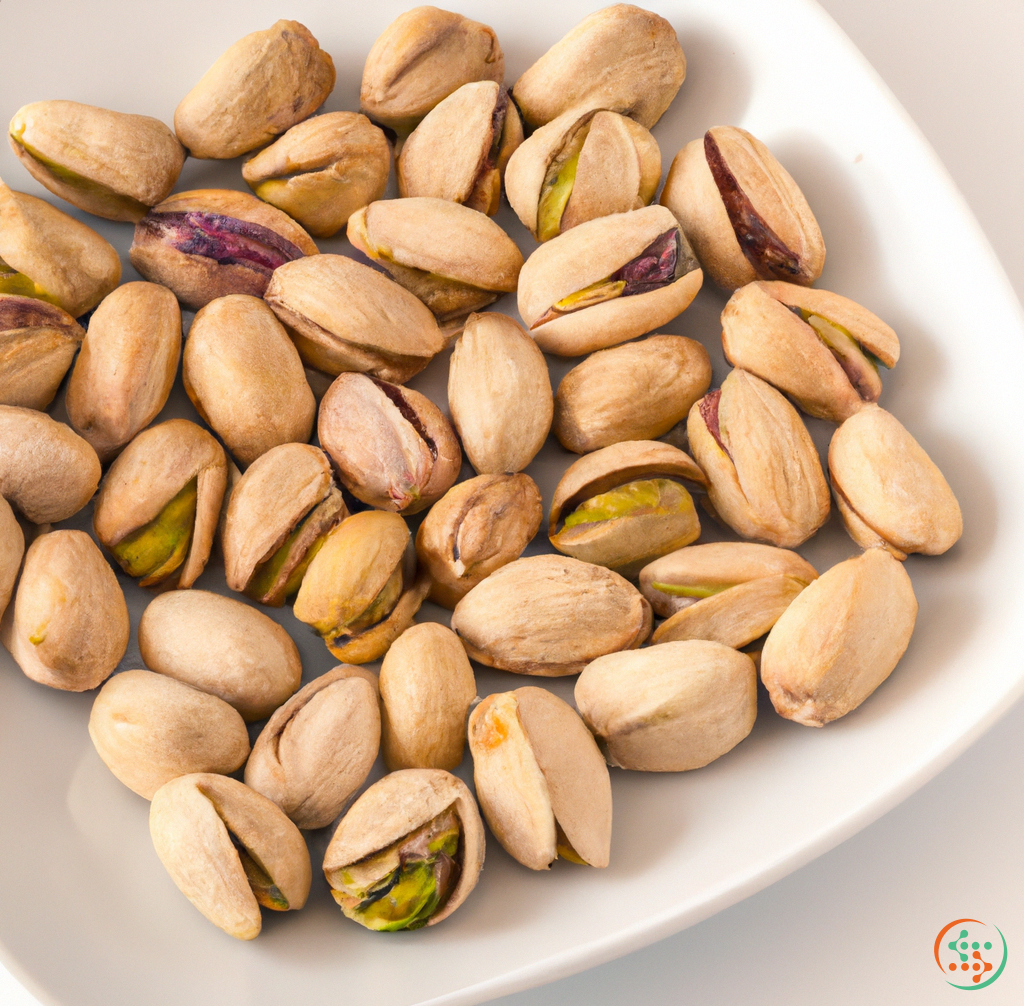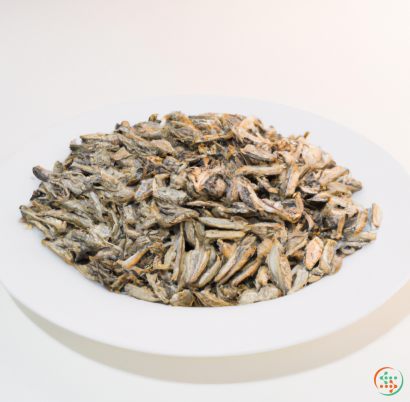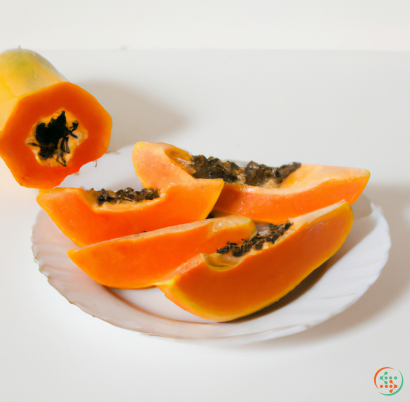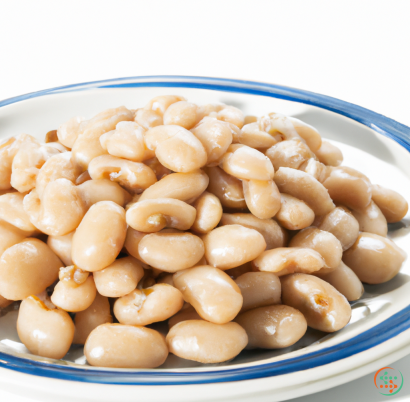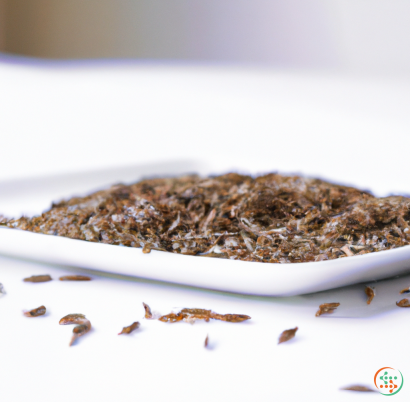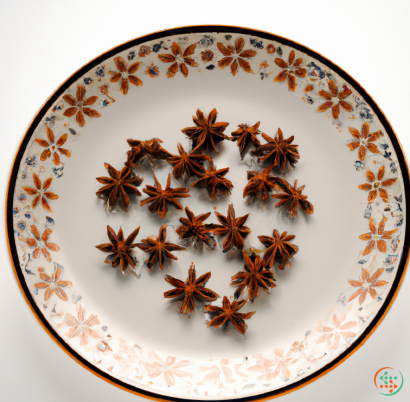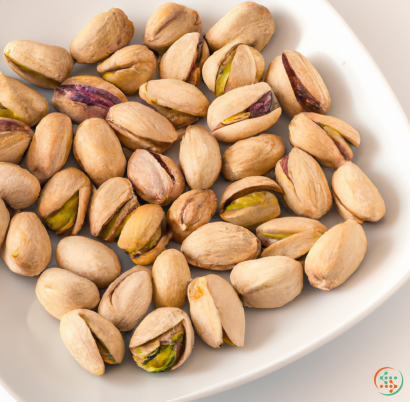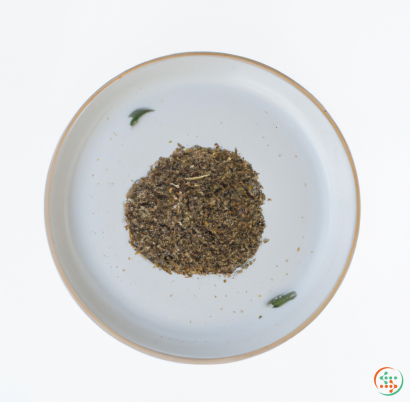Dry Roasted Pistachio Nuts
Do you love the distinctive, nutty flavor of pistachios? Then you have to try a dry roasted pistachio nut! A dry roasted pistachio nut is a healthy snack that can be enjoyed as is or used in a variety of recipes. Read on to learn more about the unique flavor and texture of this delightful nut.
What is a Dry Roasted Pistachio?
A dry roasted pistachio is simply a pistachio nut that has been roasted in a dry oven without any added oils, flavors, or seasonings. This means that when you purchase a dry roasted pistachio nut, you get the pure taste and crunch of the nut – not the added flavors of butter or salt.
Though dry roasted pistachios are usually eaten plain with no seasoning, they are often seasoned with a pinch of salt to enhance their flavor. The dry roasting process brings out the nut’s natural sweetness and crunchiness, while the salt adds a bit of extra flavor. The result is a delicious and satisfying snack.
Nutrition Benefits of Dry Roasted Pistachios
Dry roasted pistachios have a number of nutrition benefits. These nuts are a great source of protein, and a one-ounce serving contains more than five grams. They are also an excellent source of dietary fiber, which can help you feel fuller for longer and promote a healthy digestive system.
Dry roasted pistachios are also a good source of healthy fats and minerals such as phosphorus, vitamin B6, and potassium. Pistachios are also rich in antioxidants, which can help reduce inflammation and fight free radicals that can cause damage to the cells in your body.
How To Enjoy Dry Roasted Pistachios
Dry roasted pistachios can be enjoyed as a flavorful snack all on their own. Simply break open the shell, enjoy the crunchy texture, and savor the flavour. This will also allow you to appreciate the texture and flavor of natural, unprocessed pistachios.
You can also spice up your dry roasted pistachios with a pinch of salt, or even some herbs or spices. Try adding some smoked paprika or garlic powder to the mix for an exotic sense of flavor.
Dry roasted pistachios are also a great addition to salads, stir frys, and curries. Adding them to a meal will give it a richer and nuttier flavor, as well as a boost of protein.
They can also be incorporated into baking recipes to create delicious and nutritious treats. Add them to homemade granolas, cookies, and muffins for an extra layer of flavor and crunch.
Finding the Best Quality Dry Roasted Pistachios
When it comes to finding the best quality dry roasted pistachios, it’s often best to buy them from a reputable source. Look for a manufacturer that stands behind the quality of the product. Don’t be afraid to ask questions and do a bit of research.
Also, look for pistachios that are dry roasted and unseasoned. As mentioned, you can always season them to your taste, but it’s best to start with natural, unseasoned pistachios in order to appreciate their natural flavor.
Lastly, do not buy pre-roasted pistachios that are sold in glass jars. These tend to be of lower quality and are usually covered in oil or other unhealthy ingredients.
Whether you want a savory snack or want to add a layer of flavor to recipes, dry roasted pistachios are a great choice. For a quick and tasty snack, try some dry roasted pistachios today.
Dry Roasted Pistachio Nuts: From Soil to the Dinner Plate
If you’re a fan of snacking, you’re likely familiar with dry roasted pistachio nuts. They’re crunchy, salty and full of flavor and have become a widely popular snack and ingredient in many dishes. But where do dry roasted pistachio nuts come from, and how do they make it from soil to the dinner plate? This blog post will explore the science, processes and journey of these tasty nuts and the end product, so that you can enjoy them with a newfound appreciation.
Starting with the Plant
Pistachios, the source of the dry roasted nut, is an ancient crop that dates back to 7000 BC and originated in Central Asia, where it remains one of the most widely cultivated nut crops today. It comes from a plant in the Pistacia genus, which consists of 9 species, and is considered to be a member of both the cashew family and the sumac family. Pistachios grow mostly in Mediterranean and subtropical climates, but can be grown in areas with a temperate climate, such as California.
Like any other plant, pistachios need soil and other conditions to survive and grow. The plant thrives best in soils with an alkaline pH and that contains at least 10 percent organic matter – the general level of soil fertility doesn’t need to be particularly high, but it should at least be able to hold moisture and provide the right conditions for root growth. Nutrients are also important; pistachios require relatively large amounts of potassium and phosphorus, while nitrogen is the most important of the macronutrients. In terms of climate, the ideal temperature range for a pistachio tree is 40-95°F (4-35°C), and it should be protected from frost.
Harvesting the Nuts
When it comes to harvesting, the process is a bit different for pistachios than for other nuts. Unlike other nuts, pistachios are picked in their husks during the summer – harvest typically begins in April or May and runs through the summer and into early fall, depending on the region and type of pistachio tree. The husks are then dried, which turns the outer shell from green to brown, and ensures that it will separate easily from the nut. The nuts are then removed from the husks and left to dry for up to five days, which reduces the moisture content to just 8%.
The nuts are then conveyed to a storage facility, where they are inspected and tested for defects before being sorted and graded by size. Once the nuts are graded, they are ready for the next step: shelling.
Shelling and Roasting the Nuts
The shelling process begins with high-powered machines that crack open the nut shells and separate the nut meat from the husk. The nuts are then passed through a series of vacuum chambers to remove any residual pieces of husk and debris, as well as any foreign objects or dirt. The nuts are then inspected again to ensure they are of the highest quality.
After shelling, the pistachio nuts need to be roasted. This is done in a large roaster that exposes the nuts to hot air (typically up to 320 °F) to help reduce the moisture content even further and give the nuts their flavor and crunchy texture. This is also when any additives like salt are added to the mix. During the roasting process, the heat causes the oil in the nut meat to vaporize, creating what is known as “puffed nut”. After roasting, the nuts cool and await packaging.
Packaging and Shipping
Once the nuts have cooled, they are ready to be packaged. The nuts are then conveyed to a high-speed packaging line, where they are separated into plastic trays, pouches, and other packages. The packages typically range from 2 ounces to 40 pounds, depending on the needs of the consumer.
Once the nuts are packaged, they are shipped to warehouses and stores, where they are sold and stocked. The nuts are typically shipped via truck or train, though they can also be shipped by plane. This is done to ensure freshness, as most packaged foods tend to degrade over time due to exposure to air and light.
On the Dinner Plate
Once the dry roasted pistachio nuts arrive at the store, they can make it to the dinner table in a variety of ways. They can be used as a topping for salads, incorporated into baked goods, used as a garnish, or even enjoyed as a snack on their own. They can also be used in other recipes, such as pesto, soups, and stuffing.
In Conclusion
The journey of dry roasted pistachio nuts from the soil to the dinner plate is fascinating, and it’s worth taking a peek at the science and processes behind it. From the cultivation and harvest of the nut, to shelling, roasting, and packaging, there is much to learn about how this beloved snack travels from inception to consumption. So the next time you enjoy a handful of crunchy, salty goodness, be sure to thank all the hard work the farmers, processors, and packagers put in to get them to you!
| Vitamin A | 0.013 mg | |
| Beta-Carotene | 0.159 mg | |
| Vitamin E | 0.00217 grams | |
| Vitamin K | 0.0132 mg | |
| Vitamin C | 0.003 grams | |
| Vitamin B1 | 0.7 mg | |
| Vitamin B2 | 0.23 mg | |
| Vitamin B3 | 0.00137 grams | |
| Vitamin B4 | 0.0714 grams | |
| Vitamin B5 | 0.51 mg | |
| Vitamin B6 | 0.00112 grams | |
| Vitamin B9 | 0.051 mg |
| Calcium | 0.107 grams |
Daily Value 1.3 g
|
| Iron | 0.00403 grams |
Daily Value 0.018 g
|
| Magnesium | 0.109 grams |
Daily Value 0.4 g
|
| Phosphorus | 0.469 grams |
Daily Value 1.25 g
|
| Potassium | 1.007 grams |
Daily Value 4.7 g
|
| Sodium | 0.006 grams |
Daily Value 2.3 g
|
| Zinc | 0.00234 grams |
Daily Value 0.011 g
|
| Copper | 0.00129 grams |
Daily Value 0.9 mg
|
| Manganese | 0.00124 grams |
Daily Value 0.0023 g
|
| Selenium | 0.01 mg |
Daily Value 0.055 mg
|
| Tryptophan | 0.262 grams | |
| Threonine | 0.714 grams | |
| Isoleucine | 0.957 grams | |
| Leucine | 1.675 grams | |
| Lysine | 1.189 grams | |
| Methionine | 0.375 grams | |
| Cystine | 0.305 grams | |
| Phenylalanine | 1.14 grams | |
| Tyrosine | 0.531 grams | |
| Valine | 1.305 grams | |
| Arginine | 2.228 grams | |
| Histidine | 0.535 grams | |
| Alanine | 1.016 grams | |
| Aspartic Acid | 1.968 grams | |
| Glutamic Acid | 4.49 grams | |
| Glycine | 1.054 grams | |
| Proline | 0.98 grams | |
| Serine | 1.34 grams |
| Galactose | 0.05 grams |
|
| Glucose | 0.25 grams |
|
| Fructose | 0.22 grams |
|
| Sucrose | 7.09 grams |
|
| Maltose | 0.13 grams |
|
| Total Sugars | 0.131141 grams |
per 100g
|
| Myristic acid (14:0) | 0.01 grams |
|
| Palmitic acid (16:0) | 4.99 grams |
|
| Stearic acid (18:0) | 0.56 grams |
|
| Arachidic acid (20:0) | 0.03 grams |
|
| Behenic acid (22:0) | 0.03 grams |
|
| Lignoceric acid (24:0) | 0.01 grams |
|
| Total Saturated fatty acids: | 5.63 g | |
| Erucic acid (22:1) | 0.01 grams |
|
| Oleic acid (18:1) | 23.93 grams |
|
| Palmitoleic acid (16:1) | 0.46 grams |
|
| Gadoleic acid (20:1) | 0.11 grams |
|
| Total Monounsaturated fatty acids: | 24.51 g | |
| Omega-3 Alpha-linolenic acid (18:3) | 0.21 grams |
|
| Linolenic acid (18:3) | 0.21 grams |
|
| Linoleic acid (18:2) | 13.13 grams |
|
| Total Polyunsaturated fatty acids: | 13.55 g | |
| Campesterol | 0.01 grams |
|
| Beta-sitosterol | 0.21 grams |
|
| Total Sterols: | 0.22 g | |
